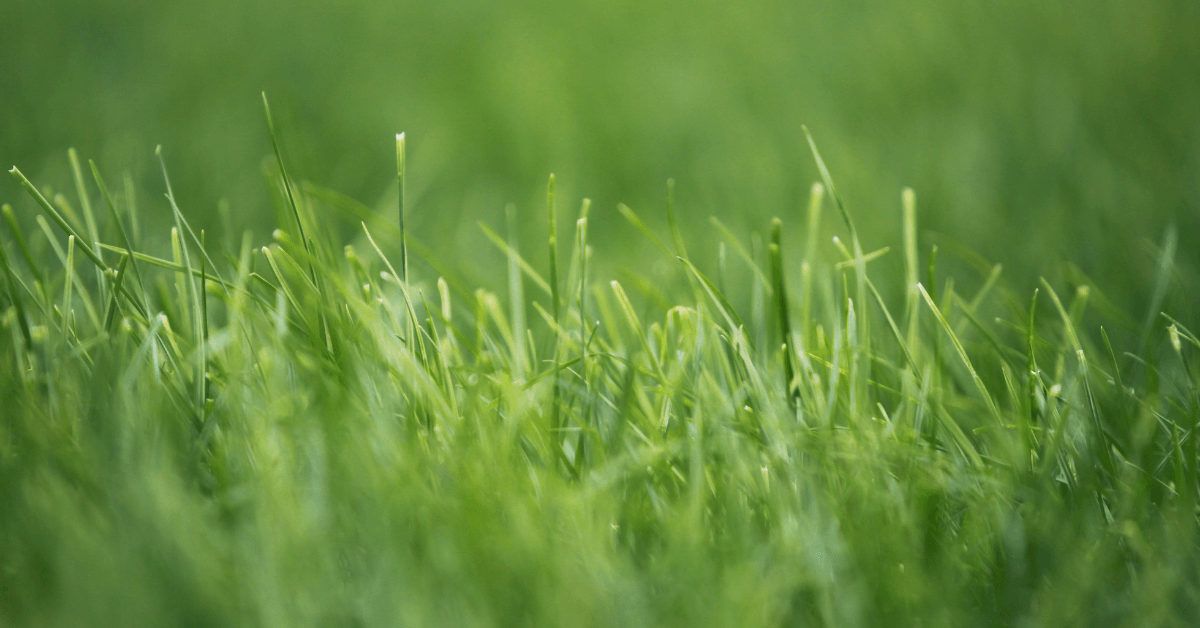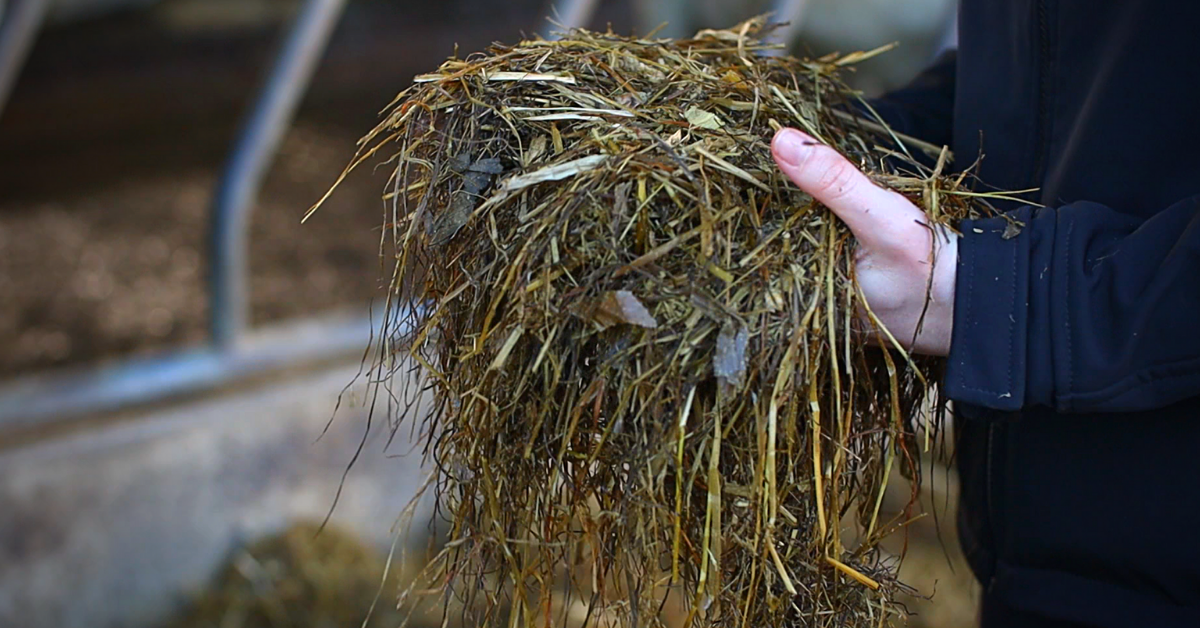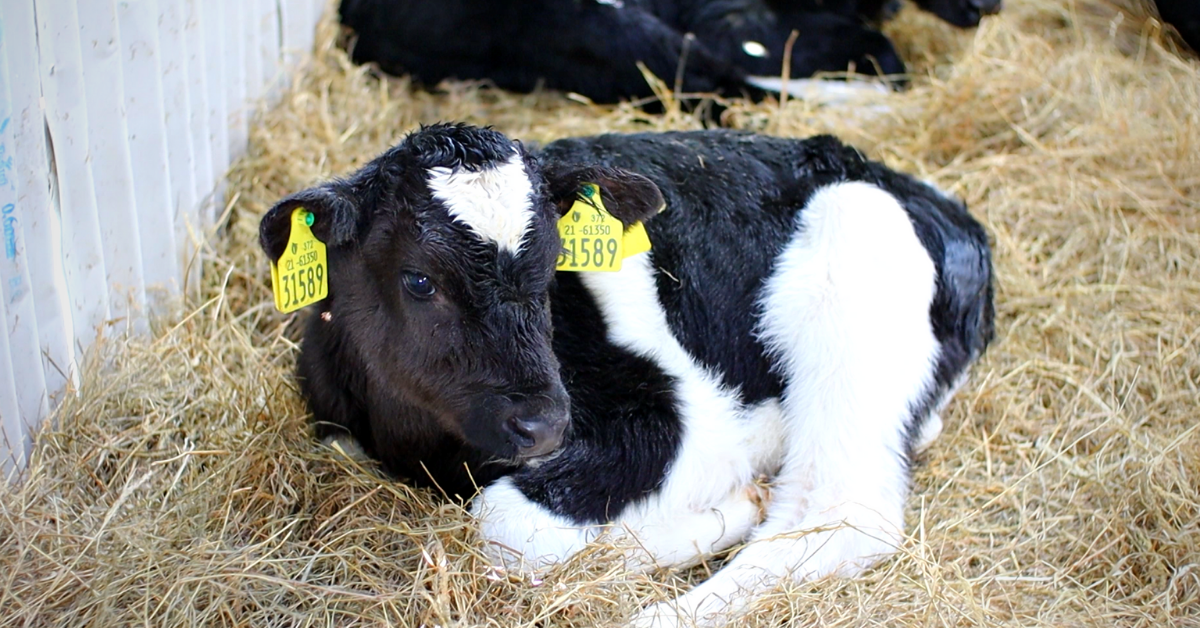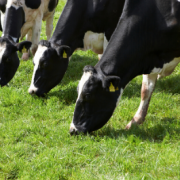Managing Winter Forage Challenges
Author: Jack Scallan
It has been well documented over the last few months that grass quantity and quality were well below target levels, which meant that stock had to be supplemented with silage etc., during the later summer months. It is therefore no surprise that silage quantity and quality are very variable this year.
Any surplus silage that was left over from last year was used up during the drought period, meaning that supply may be tight in late February or early March. A forage budget should therefore be carried out as soon as possible, which measures the length, breath and average height of the silage and maize pits and divides the result by a predetermined co-efficient to give you the number of dry matter tonnes available. With baled silage, the number of bales divided by a predetermined co-efficient will give you a similar result.
As with silage quantity, silage quality is also very variable this year. Dry matter is ranging from low 20’s to as high as 40% in one or two cases. Similarly, dry matter digestibility (DMD) is ranging from low to mid 60’s to high 70’s, while protein is ranging from 8% up to 14%. Those samples with high values tend to be the exception and overall results are lower in quality. It is therefore essential that your silage is tested, as even though there may be sufficient supply, it may not provide the required nutrients to the animal.
Our Cooney Furlong Sales Representatives are available to assist you in carrying out a forage budget, so please get in contact today.
Consider Other Winter Forages
If silage is in short supply, other forages such as maize silage, fodder beet and even straw should be considered. All these forages will combine well with silage, provided the overall diet is balanced and meets the nutrient requirements of the animal being fed. For example, 600 kg finishing steers with 1.4 kg daily liveweight gain (DLWG), would need 844 g/head/day of available protein and approximately 10 UFV/day. Whereas a milking cow producing 20lt/day at 3.3% milk protein and 3.8% milk fat, would require 1,380g/head/day of available protein and 16 UFL/day from the diet.
If ground conditions and grass quantity allows, zero grazing in early spring may also be an option to consider as it elevates shortages at that time. It is vitally important that there is enough forage available in late March and April to act as a buffer feed to the highly nutritious, low fibre early spring grass. Maize silage is a very good buffer feed for this time of year.
Contact Our Team Today
Getting your forage budget and winter diets right this winter will be challenging, but it can be done. Contact your local Cooney Furlong Sales Representative who will assist you in meeting these challenges.
Further Information
To view more articles from our Winter Newsletter, please click here.
Get In Touch
For the most up to date information on our products and services, please click here or follow us on Facebook and Twitter.








